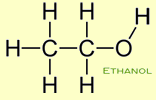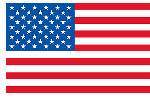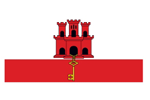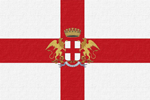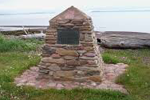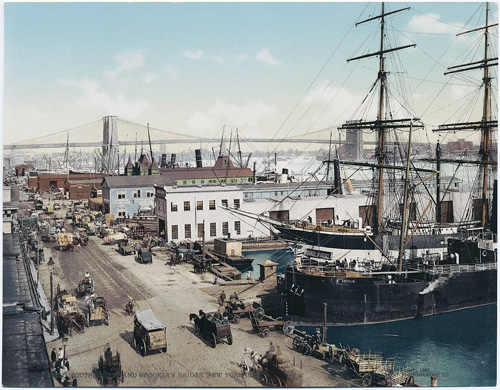
New York Harbor is a bay that covers all of
the Upper Bay Located at the mouth of the
Hudson River near the East River tidal
estuary on the East Coast of the United States.
The picture shows South Street Seaport.
The Port of New York
The Port of New York has a rich and complex history, evolving from a small colonial trading post into one of the world's busiest and most advanced maritime hubs. Its story is inextricably linked to the growth of both New York City and the United States as a whole.
The port's history began with the indigenous Lenape people, who used the waterways for fishing and transport. The first European to anchor in the area was Giovanni da Verrazzano in 1524. European colonization started in the early 17th century with the Dutch establishment of New Amsterdam, which grew into a thriving trading post. After the British took control in 1664 and renamed it New York, the port became a key player in the triangular trade.
In the 19th Century the port rose to prominence, A number of factors made New York City a prime national port. It had a superb, natural, deep-water harbor and landings on the East River that were protected from winds and ice floes. It had the necessary infrastructure, or basic facilities and equipment, needed to store vessels and cargo.
The opening of the Erie Canal in 1825 was a pivotal moment. The canal connected the port to the vast American interior, allowing goods to flow from the Great Lakes region to the Atlantic. This turned New York into a national economic powerhouse and, by 1870, its harbor was the busiest in the Western Hemisphere.
The port became a center for a variety of goods, especially cotton, and saw the first scheduled vessel service, the Black Ball Line, in 1818. This era also coincided with a massive wave of immigration, with millions of new arrivals passing through Castle Clinton and later, Ellis Island.



